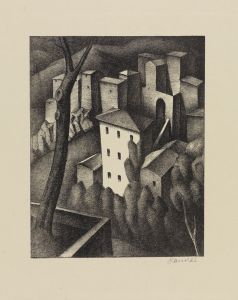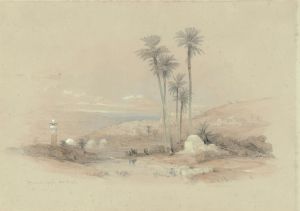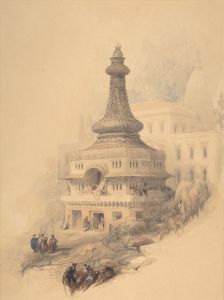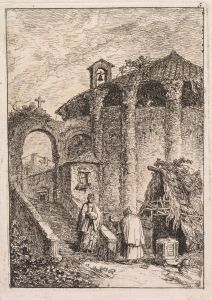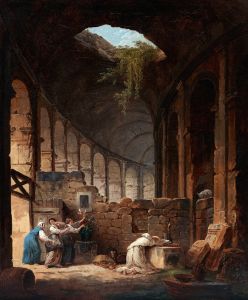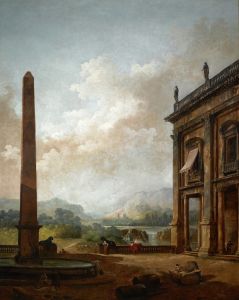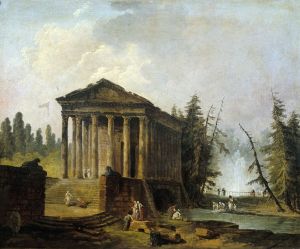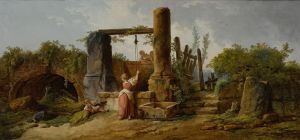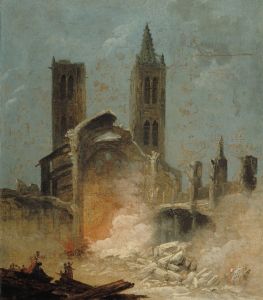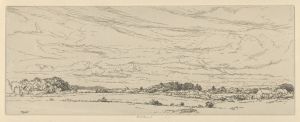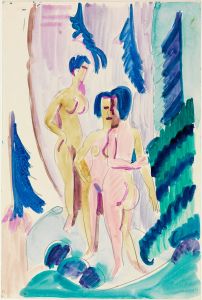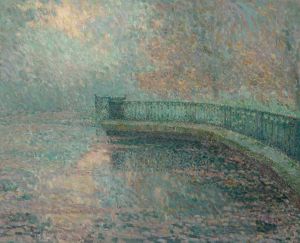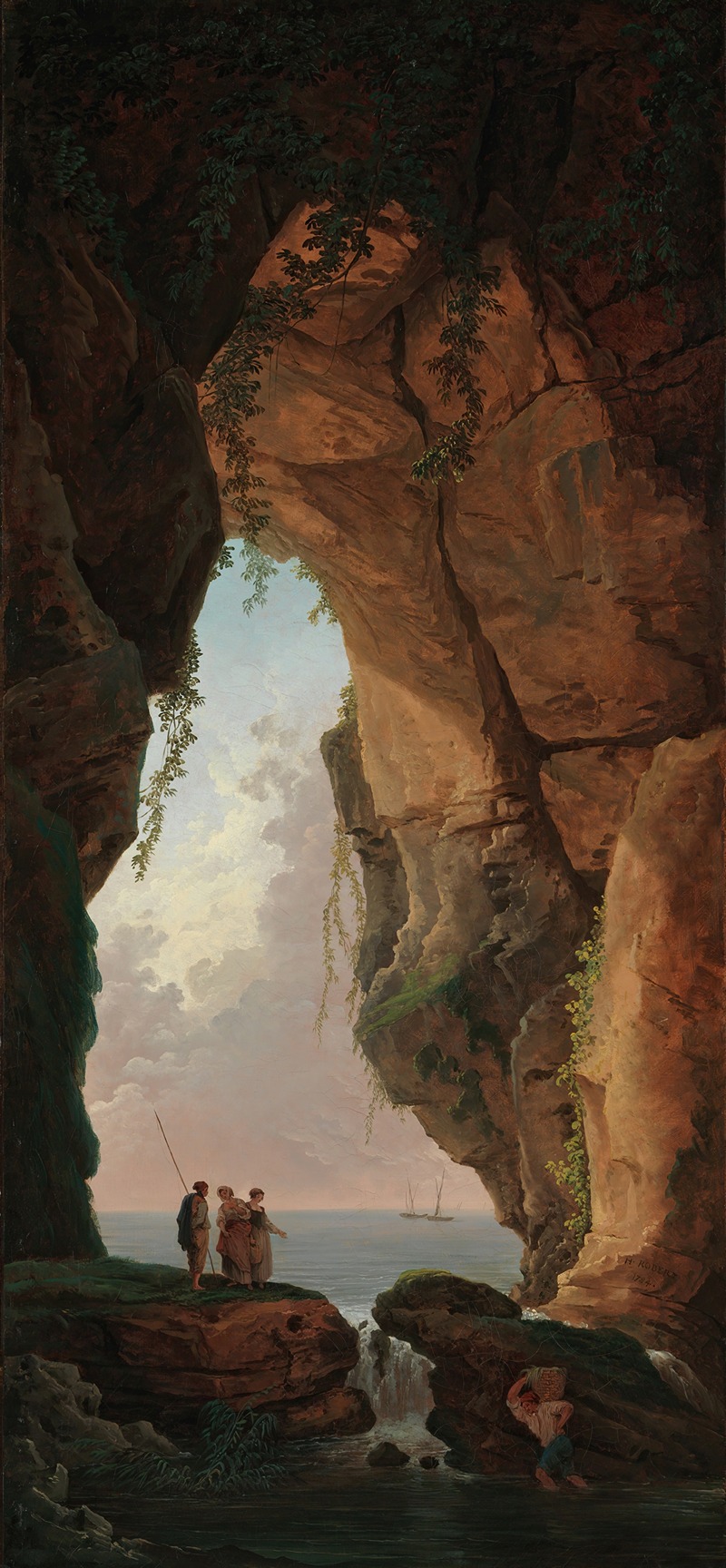
The Mouth of a Cave
A hand-painted replica of Hubert Robert’s masterpiece The Mouth of a Cave, meticulously crafted by professional artists to capture the true essence of the original. Each piece is created with museum-quality canvas and rare mineral pigments, carefully painted by experienced artists with delicate brushstrokes and rich, layered colors to perfectly recreate the texture of the original artwork. Unlike machine-printed reproductions, this hand-painted version brings the painting to life, infused with the artist’s emotions and skill in every stroke. Whether for personal collection or home decoration, it instantly elevates the artistic atmosphere of any space.
Hubert Robert's painting The Mouth of a Cave is a work by the renowned French artist, who was celebrated for his depictions of architectural ruins and landscapes. Hubert Robert (1733–1808) was a prominent painter of the 18th century, associated with the Rococo and Neoclassical movements. His works often combined real and imagined elements, creating dramatic and atmospheric scenes that captured the romantic fascination with antiquity and nature.
The Mouth of a Cave exemplifies Robert's skill in portraying natural and architectural features with a sense of grandeur and mystery. The painting depicts the entrance to a cavern, with light streaming in to illuminate parts of the rocky interior. The composition often includes figures, which serve to provide a sense of scale and human presence within the vast, rugged environment. This interplay between light and shadow, as well as the juxtaposition of human activity against the imposing natural setting, is characteristic of Robert's artistic style.
Robert's fascination with ruins and caves was influenced by his time in Italy, where he studied and sketched ancient Roman architecture and landscapes. His experiences in Rome, particularly his exposure to the ruins of the Colosseum, the Forum, and other historic sites, deeply informed his artistic vision. While it is unclear whether The Mouth of a Cave depicts a specific location or is an imaginative composition, the painting reflects the 18th-century European interest in the sublime and the picturesque.
The exact date of creation for The Mouth of a Cave is not definitively recorded, but it is consistent with Robert's body of work from the latter half of the 18th century. During this period, he produced numerous paintings and drawings that explored themes of decay, nature's power, and humanity's relationship with the past.
Hubert Robert's works, including The Mouth of a Cave, are held in high regard for their technical mastery and evocative qualities. His ability to blend realism with romantic idealization made him a favorite among collectors and patrons of his time. Today, his paintings can be found in major museums and collections worldwide, including the Louvre in Paris, which houses many of his most famous pieces.
Due to limited specific documentation on The Mouth of a Cave, further details about its provenance, current location, and historical context remain sparse. However, the painting remains an excellent example of Hubert Robert's enduring legacy as a master of atmospheric and evocative landscapes.





